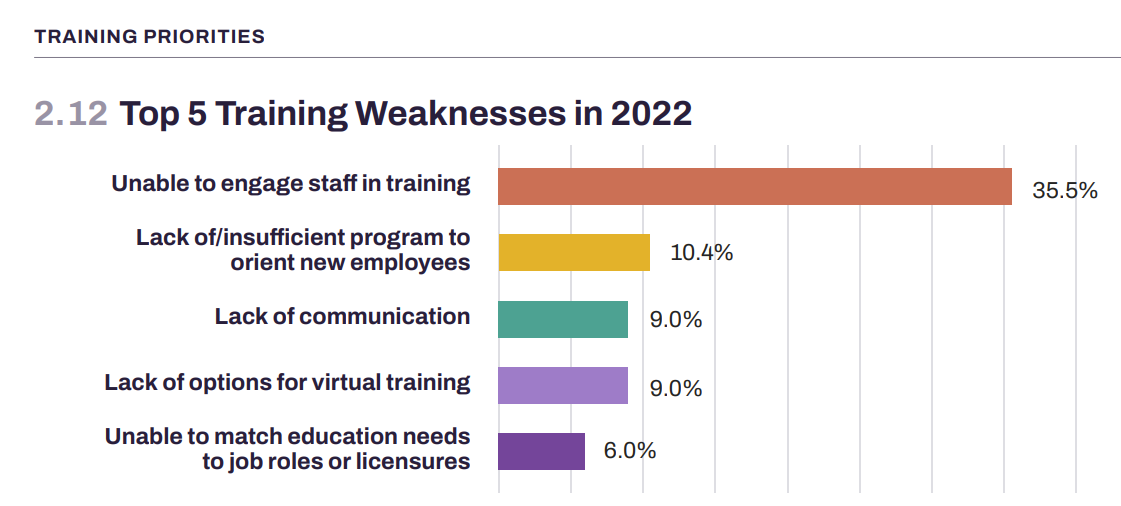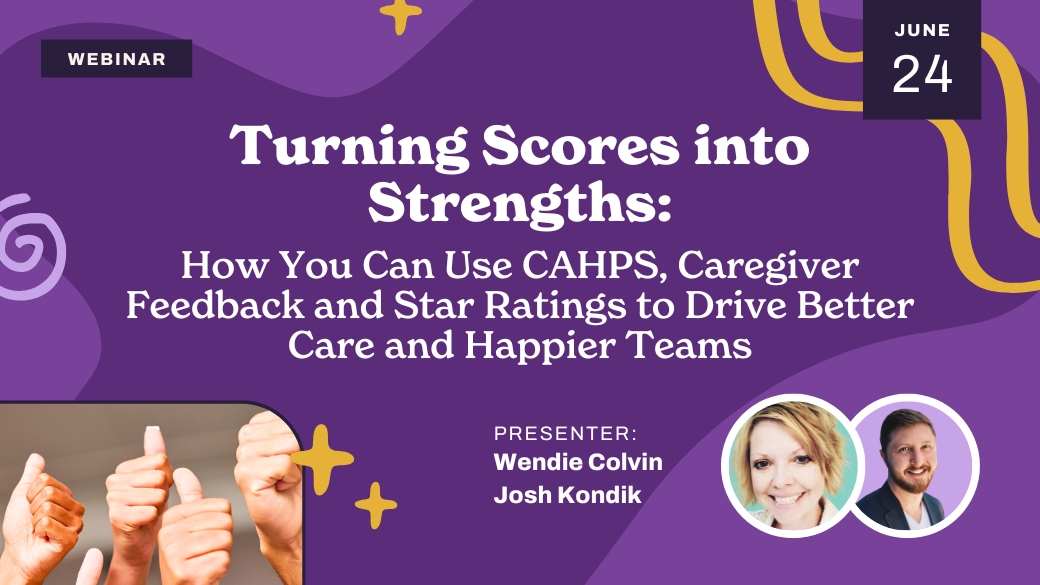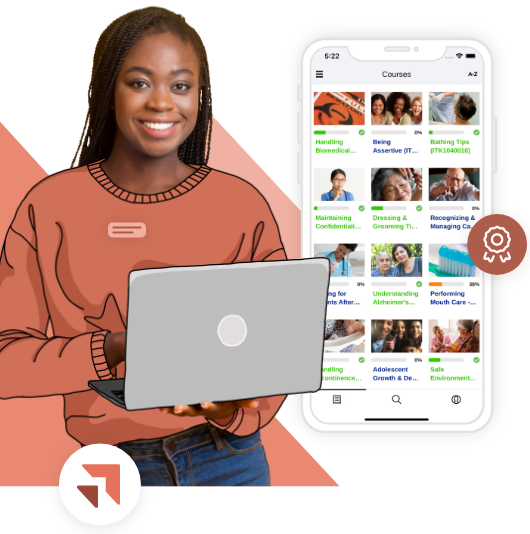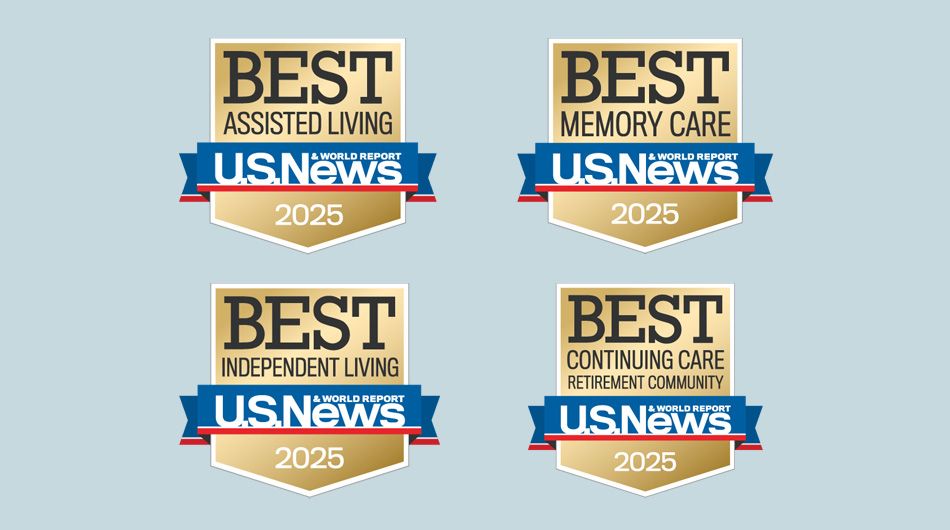Training for compliance ranked as the #1 priority for hundreds of agencies this year. As lack of adequate training remains the top complaint from clients, patients, and employees—it’s time to stop underestimating compliant training programs.
We get it. In the perfect world you’d welcome your new hires with homemade refreshments, create individualized training programs for every employee’s needs, and personally see to everyone’s desired career path.
But the biggest training obstacle facing providers today is getting their employees to complete training before turning over.
So, while it certainly doesn’t hurt to train above and beyond, what your employees, clients, and patients really need is a training program tailored to your compliance needs.
According to the 2022 State of Training Report, hundreds of agencies are simplifying their training program and making these compliance fundamentals their top priority this year:
Short on time? Jump straight to the action steps.
1. Reevaluate Your Organization’s Compliance Training to Meet all Necessary Requirements
No matter your area of healthcare, from home care, skilled home health, facility-based care, or hospice, take the time to assess your compliance training. Does your training meet your state or federal requirements as well as any additional organizational or accrediting body needs?
Check to see if you have an effective compliance training plan that adheres to your own standards. Choose training that supports compliance standards, and prepares every employee in safety, risk management, and individual rights.
2. Audit Your Training Program Against These 7 Essential Metrics
Once your organization meets compliance standards, ensure your training program includes the elements that set your employees and clients/patients up for success.
Only 38% of agencies use KPIs to track the effectiveness of their training program, which may be why training is currently the biggest employee and patient/client complaint.
Gauge the effectiveness of your training program by auditing it against these 7 metrics:
3. Keep Your Employees Engaged to Secure a High Training Completion Rate
There’s no reason to take the fun out of fundamentals!
In fact, simply assigning your employees training won’t keep you compliant. Your staff has to actually want to complete their training—which begins with you.
Organizations that invested in their employees’ personal development saw a significant increase in staff performance and job satisfaction.
But if you’re struggling to keep your training completion numbers up, you’re not alone. 35% of those polled in the 2022 State of Training Report admitted that engaging their employees in training was their top training weakness.

Stay compliant by motivating your employees to complete their required training:
Remember, staying compliant is not a one and done event. For most agencies, compliance makes up a majority of their training library. Be sure to foster a company culture where learning is encouraged and celebrated to stay consistently compliant.
“The goal of compliance training is to ensure that employees follow any rules that are applicable to your company, whether those rules stem from local, state, federal laws, or just your own policies and procedures. So by completing compliance training your employees help reduce risk to themselves, to the clients, and to your organization.”
– Linda Leekley BS, RN, Chief Clinical Officer at Activated Insights
4. Adopt a Learning Management System (LMS) to Take Care of Compliance for You
Are you one of the 62% of providers who already use a LMS? If not, you are creating work for yourself when it comes to training for compliance.
Activated Insights Training helps you know exactly how and what you need to be doing to stay on top of compliance like:
Activated Insights Training provides your employees with a strong learning environment to improve the overall care experience.

What to Do Next:
TL; DR: Your training program doesn’t have to be complicated to create prepared employees and satisfied clients/patients—just compliant. Simplify your training program to include the basic courses that adhere to your organization’s standards by adopting a Learning Management System that will keep track of staying compliant for you.
Here’s how to ensure you’re staying compliant year-round:

Dozens of compliance topics developed to meet state and federal regulations.
Related Posts












